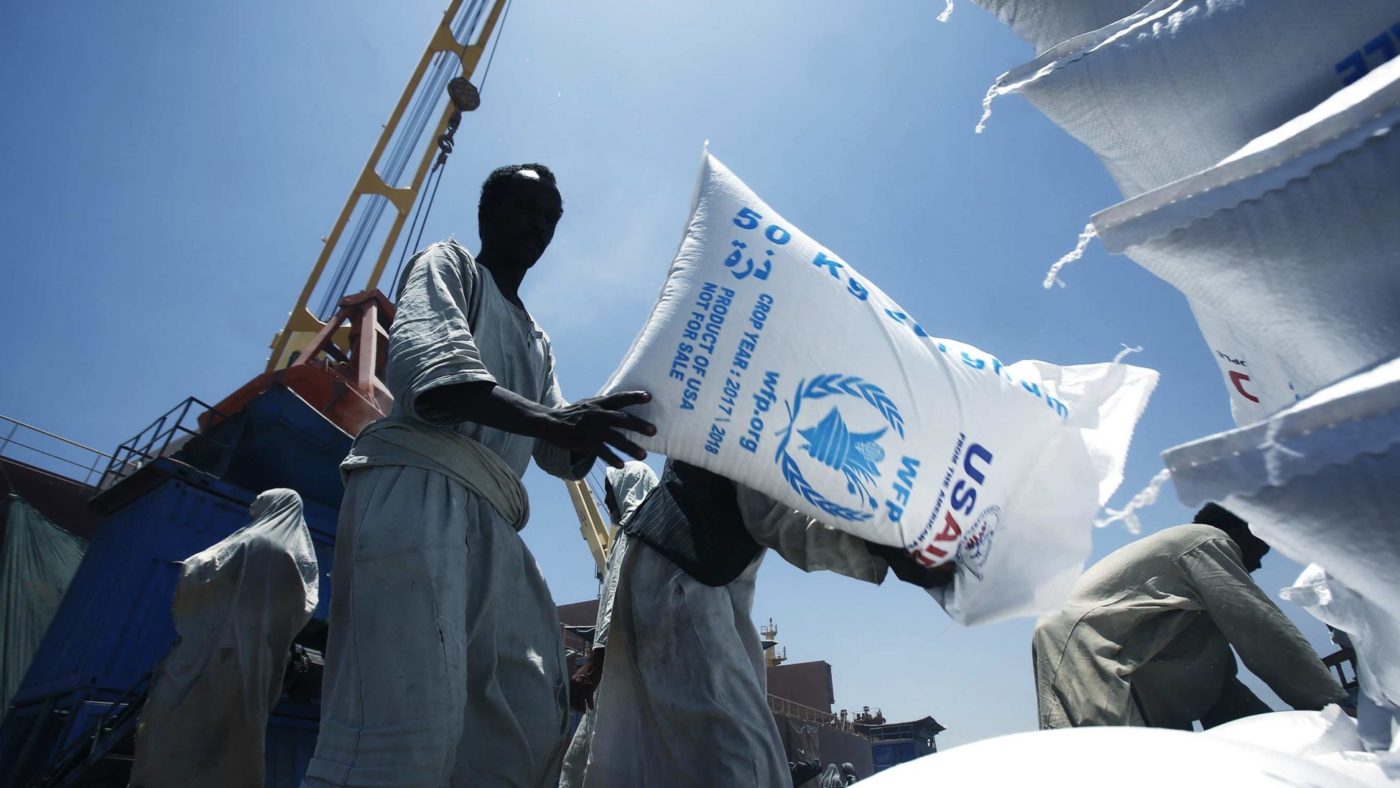Cash transfers transformed the life of a 63-year-old widow from eastern Rwanda according to a recent New York Times article.
These transfers were part of a study funded by Google.org and USAID that analysed the different outcomes from three types if aid: in-kind aid — providing actual goods and/or services; the monetary equivalent of the aid — the amount it would cost for the subject to purchase the goods and/or services; and the monetary equivalent of the cost of the programme — the costs it takes for an organisation to provide the goods and/or services. The monetary equivalent of the goods and services was between $41 and $117, while the cost of the programme was $532.
The goal of the study was to analyse which type of aid was most cost effective. Of the three options tested, the large cash transfers came out on top, but the success was modest at best. For instance, improvements to child nutrition were still below the goals for height and weight set by the World Health Organisation. Another study released this summer found that cash transfers help to improve incomes in the short run, but after 9 years there is virtually no difference in the incomes between groups who received cash transfers and those that did not. The main difference is that the cash transfer groups had more assets, which some experts argue could still position them to be better off even in the long run. However, without further study, the significance of that difference is far from clear.
The common thread among these cases is that by the end, researchers still know relatively little about how to design a programme that reduces, let alone solves chronic poverty and its symptoms such as poor health. The more important question than what sort of aid works best is a deeper one: whether any of the options actually solve the problem of chronic poverty at all. The weight of evidence suggests that aid of this sort just isn’t that effective at alleviating poverty; only economic development can deliver the meaningful, long-term transformation that those in poverty need.
One problem is that researchers are looking in the wrong direction. Instead of trying to find answers to poverty in poverty-stricken areas, there is much to learn from already successful countries.
There are currently 36 countries categorised as developed. In 2015, none of them had poverty rates — measured at $1.90 per day — higher than the world average which is 10 per cent. Of the developed countries with available data for that year, the average poverty rate was only 0.59 per cent of the population, with 10 of those countries having a poverty rate of zero. These countries were not always rich or without poor people.
In the 1800s many of the rich countries today had absolute poverty rates — measured at $1.25 per day — above 40 per cent. Japan — which is now categorised as a developed country — had a poverty rate above 80 per cent.
Development in these countries was not a result of luck — or cash handouts. It happened by allowing economic freedom to drive economic growth. According to the Fraser Institute’s Index of Economic Freedom, people in repressed economies — which is the lowest level of economic freedom on the index — have a GDP per capita that is around a seventh of those in more economically free countries. The potential for social mobility also increases along with economic freedom. This indicates that poor people do not need aid to fix their poverty, they simply need to be free to do it themselves.
Despite this readily available data, development programmes frequently focus on shoving supplies, services, and now money at individuals in hopes that it will somehow fix the systemic and societal barriers that are typically faced by the world’s poorest people. Until aid organisations realise that only economic development can permanently solve poverty, they will be forced to continue trying to figure out what went wrong with their programmes.


